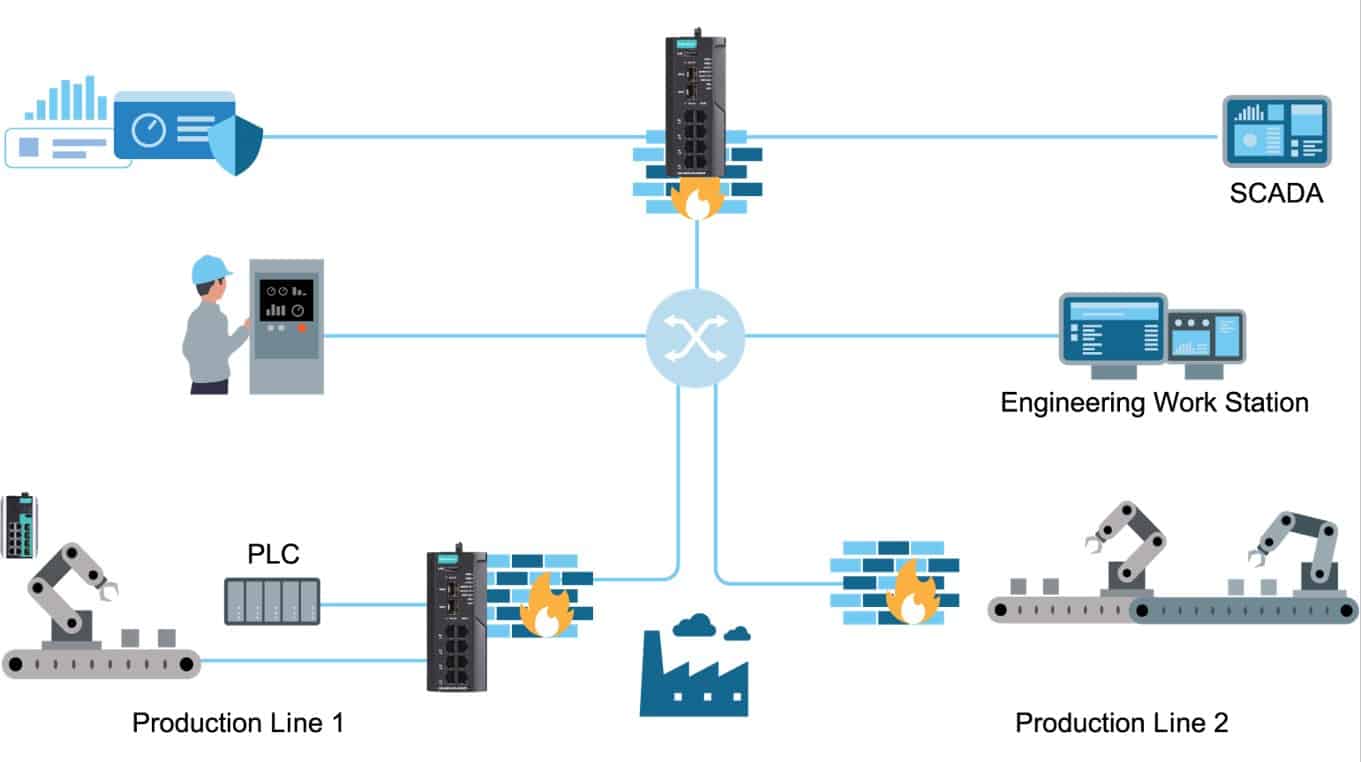Risk Management Considerations Surpass Cost As A Key Driver Of Network Shifts – Technologist
A Gartner survey revealed that 73% of companies have added or removed production locations from their supply chain networks in the past two years.
These changes have been driven by chief supply chain officers’ (CSCOs) emphasis on building resilience, agility and flexibility into their supply chains, rather than prioritizing the lowest-cost strategies.
The data showed that risk management considerations, such as improving resilience, in addition to enhancing flexibility and agility, have displaced cost-efficiency as the top drivers of network changes (See Figure 1).
“Supply chain leaders are moving away from an overreliance on low-cost networks and are instead focusing on diversified approaches to mitigate risks and enhance performance,” said Vicky Forman, senior director analyst in Gartner’s Supply Chain practice. “While cost-efficiency is still a prominent concern, CSCOs are taking a wider view of the costs associated with the impacts from disruptions and poor levels of resiliency when making network design changes.”
Figure 1: Factors driving changes to the supply chain network in the last two years
CSCOs grow footprint in reglobalization push
The most frequently cited changes to supply chain networks, half of respondents cited adding new supply locations with existing supply partners, while 48% cited pursuing new supply locations with new supply partners.
The addition of supply locations is a strategy companies often deploy to serve multiple purposes, including diversification, achieving cost-efficiencies, mitigating geopolitical pressures and improving efficiency.
Among organisations that have made supply chain network changes in the past two years, 90% reported that they have met or exceeded the expected benefits of the change. These benefits include improved service, cost reduction, enhanced agility, and reduced carbon emissions. This success rate indicates more changes are likely to come, as supply chain leaders pursue a “reglobalization” strategy that incorporates a mix of nearshoring and low-cost diversification.
“There has been a clear trend towards adding network locations in the past two years, but beyond that there is significant variation in strategies depending on the size, industry and location of the company in question,” said Forman. “Successful companies have reconfigured their global supply chain networks to take advantage of new incentives while diversifying away from concentration risk.”
Despite the early success of these network shifts, Forman noted that 96% of respondents cited challenges with operating in new locations. While operational and logistics costs were most often cited in the aggregate, there were important regional differences emphasised by supply chain leaders.
A lack of factory workers or complexities in complying with local regulations often adds further costs if not thoroughly considered and addressed before decisions are taken.



